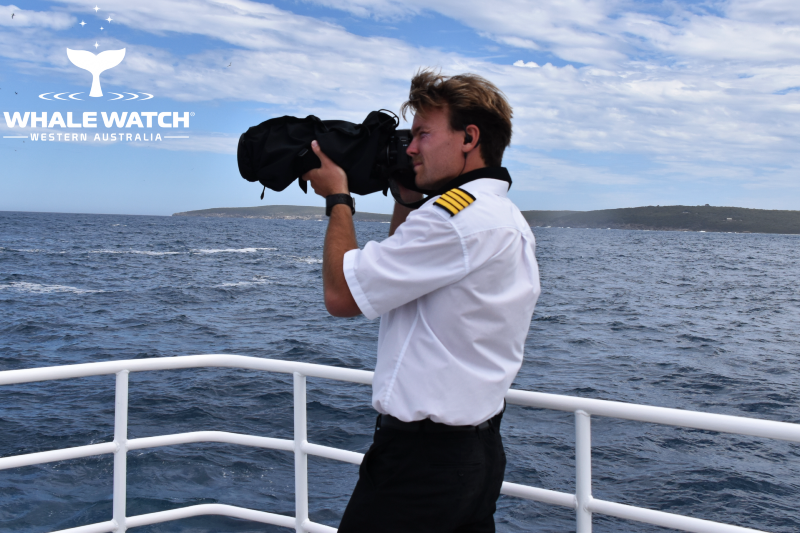
Marine Scientist
Josh Parker
Marine Sawdust Trichodesmium – On some tours, as we venture only 19 nautical miles from Bremer Bay to a unique and very important area called The Patch, in search for the apex predators of the oceans, Orca, a brown slick can be observed on the water surface. This is a filamentous cyanobacterium (blue-green algae) from the genus Trichodesmium,consisting of six species (T. contortum, T. erythraeum, T. hildebrandtii, T. radians, T. tenue and T. thiebautii), representing a major group of Nitrogen gas (N2)-fixing planktonic organisms (diazotroph) in the ocean. Trichodesmium species are very common in oligotrophic (low nutrients) tropical and subtropical marine environments that are clear and stable, allowing light to penetrate deep into the water column.
Trichodesmium feature gas vesicles within the cell that allow it to stay closer to the surface for photosynthesis and therefore occur at higher abundances in highly stratified latitudes (limit mixing throughout the water column – thermocline and halocline) (e.g. Leeuwin current over Flinders current). As Trichodesmium ages they become positively buoyant and rise to the surface. If wind stress is low and sea states are calm, these cells aggregate together and form large scale blooms that can be observed from space. Trichodesmium can live as individual filaments, with tens to hundreds of cells strung together, or in colonies consisting of tens to hundreds of filaments clustered together. Colonies of Trichodesmium provide pseudobenthic substrates for many small oceanic organisms (bacteria, diatoms, dinoflagellates, protozoa and copepods), supporting complex microenvironments.
Trichodesmium are ecologically important because they significantly contribute to new nitrogen input into the oceans. Some species are responsible for contributing up to 25 % of the nitrogen cycling in oceanic ecosystems. They are also unique in that they are a non-heterocystous cyanobacteria that can fix nitrogen gas (N2) and undergo oxygenic photosynthesis. In many aquatic environments, nitrogen is a limiting nutrient and fixing it from the atmosphere and turning it into a molecule that can be used by other organisms to is essential for life. Next time you are out on the ocean you will now know exactly what marine sawdust Trichodesmium looks like.






